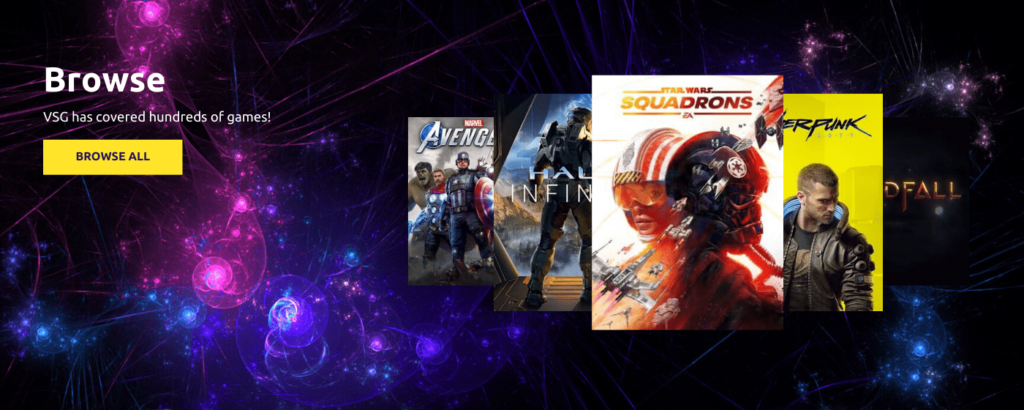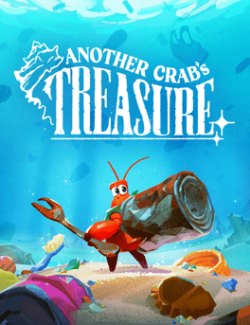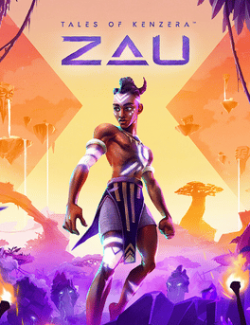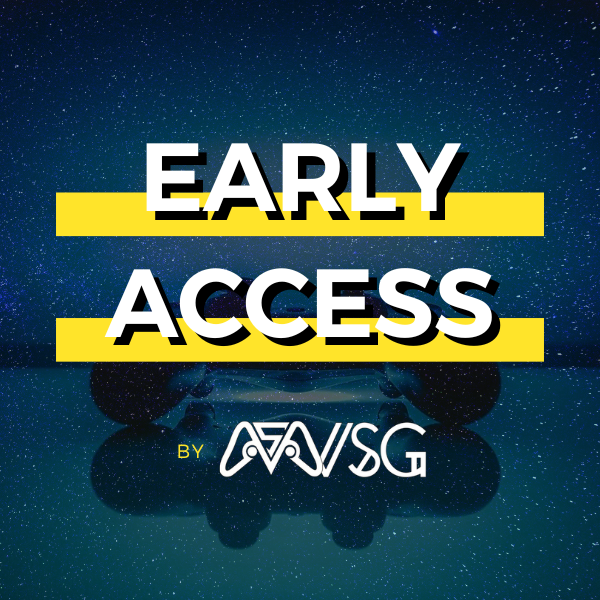ESRB Ratings
What to Know
0%
Reviews Pending
0%
Reviews Pending
- TBA

Critics Consensus
Description coming soon. VSG issues MetaMeter Scores and recommendations for games with 15 critic reviews or greater.
ESRB Ratings
0%
Critics Recommend
Spread the Word
WHAT TO KNOW
Awards & Recognition
RECOGNITION
Critic Reviews for ESRB Ratings
HIGHLIGHTED CRITICS
0
Reviews
High Score - -/100
Low Score - -/100
About ESRB Ratings
GAME INFO
RELEASE DATES:
DEVELOPER(S):
PUBLISHER(S):
GENRES:
- n/a
SERIES/FRANCHISE:
- n/a
GAME MODES:
- n/a
GAME ENGINE:
- -
DLC:
- -
BUNDLED IN:
- -
DIRECTOR(S):
- -
PRODUCER(S):
- -
DESIGNER(S):
- -
PROGRAMMER(S):
- -
ARTIST(S):
- -
WRITER(S):
- -
COMPOSER(S):
- -
LINKS:
Detailed Information
GAME MODES:
- n/a
GAME ENGINE:
- n/a
DLC:
- n/a
BUNDLED IN:
- n/a
DIRECTOR(S):
- n/a
PRODUCER(S):
- n/a
DESIGNER(S):
- n/a
PROGRAMMER(S):
- n/a
ARTIST(S):
- n/a
WRITER(S):
- n/a
COMPOSER(S):
- n/a
Recently Released
RECENTLY RELEASED











